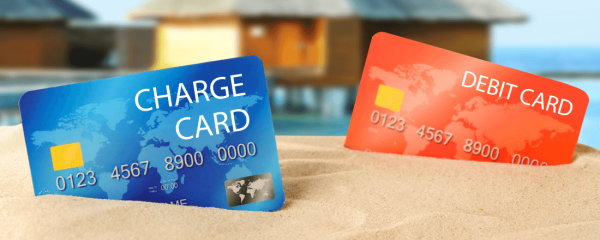The following tasks are the ultimate for the Hurumanu 6. This time we focus on several types of protests. In which also we learn about the 2 types of protest, from the peaceful as well as the revolutionary. This can include, the women suffrage protest which was about the rights for women to vote which was a revolutionary movement that made New Zealand d into the first-ever country that have let women the rights to vote. From a list of protests, I have chosen this topic which is "Protest against nuclear testing in the pacific" a protest against countries that included New Zealand as one of its protestors.
Protest against nuclear testing in the pacific
Find out what happened: It was then just after the Second Worlds War (2nd of September 1945) was when the United States, joined with allies, from the French to the British; tested nuclear weapons along the region of the pacific. New Zealand observed and its Royal New Zealand served then as weather ships for the British tests. On the year of 1963, the British, American as well as the soviets discussed and agreed with New Zealand signing a treaty to stop and ban the atmospheric tests. Among the countries who did not sign were India, China as well as France.
A protest broke out which New Zealand was involved in, it was over the French nuclear testing several years after the treaty was signed. It was when the French started to tests its nuclear weapons over Polynesia. The focal point --Mururoa-- for the test as well as the opposition. 1972 was then teh year that Green peace vessels sailed over the test sites. Which then the following year, New Zeland as well as Australia, governments, took the French to the International Court of Justice to attempt in banning the test. However, the ruling was ignored.
Who was involved?: New Zealand; Australian; French; government.
Why were they protesting?:The protest that broke out was about when the French government testing their nuclear weapons over the Pacific. When proper measures and ruling were taken, it was ignored. This sparked further conflict.
What was the outcome?: In the year of 1974, when the new President aléry Giscard d’Estaing, then orders and said for the test to be moved underground. In the same time, while the testing was still made, focused, Mururoa on an anti-nuclear movement. It was only then in 1995 was the final series of weapons were to be tested in Mururoa.
Find out what happened: It was then just after the Second Worlds War (2nd of September 1945) was when the United States, joined with allies, from the French to the British; tested nuclear weapons along the region of the pacific. New Zealand observed and its Royal New Zealand served then as weather ships for the British tests. On the year of 1963, the British, American as well as the soviets discussed and agreed with New Zealand signing a treaty to stop and ban the atmospheric tests. Among the countries who did not sign were India, China as well as France.
A protest broke out which New Zealand was involved in, it was over the French nuclear testing several years after the treaty was signed. It was when the French started to tests its nuclear weapons over Polynesia. The focal point --Mururoa-- for the test as well as the opposition. 1972 was then teh year that Green peace vessels sailed over the test sites. Which then the following year, New Zeland as well as Australia, governments, took the French to the International Court of Justice to attempt in banning the test. However, the ruling was ignored.
Who was involved?: New Zealand; Australian; French; government.
Why were they protesting?:The protest that broke out was about when the French government testing their nuclear weapons over the Pacific. When proper measures and ruling were taken, it was ignored. This sparked further conflict.
What was the outcome?: In the year of 1974, when the new President aléry Giscard d’Estaing, then orders and said for the test to be moved underground. In the same time, while the testing was still made, focused, Mururoa on an anti-nuclear movement. It was only then in 1995 was the final series of weapons were to be tested in Mururoa.
































